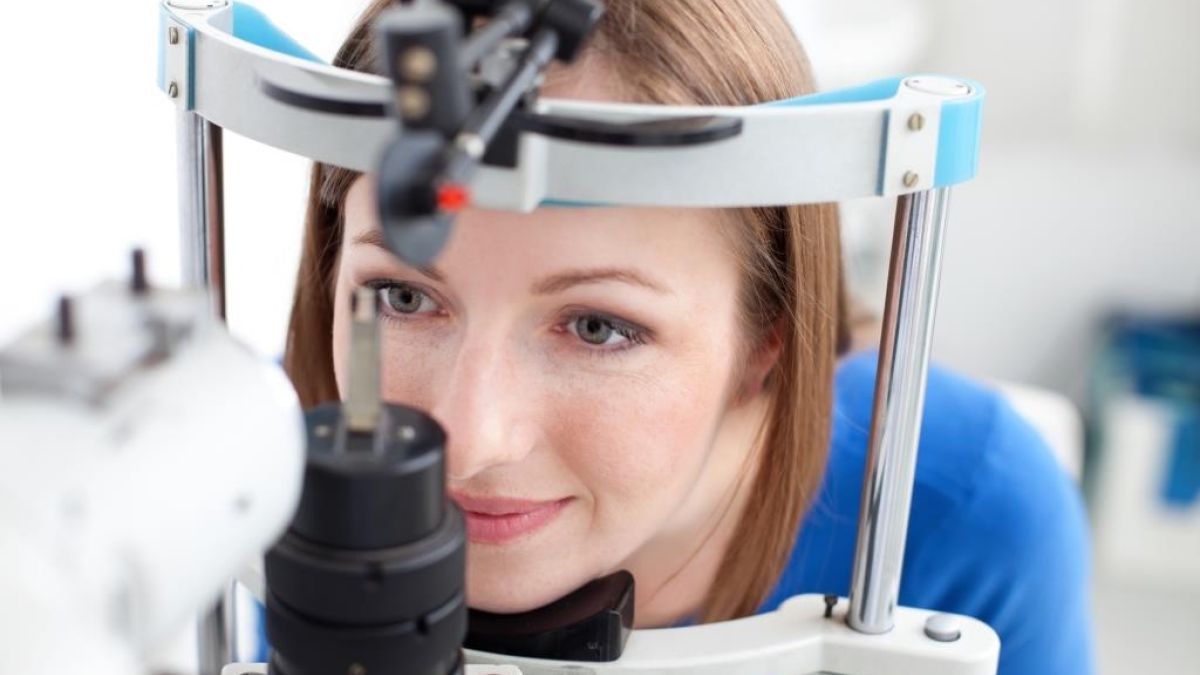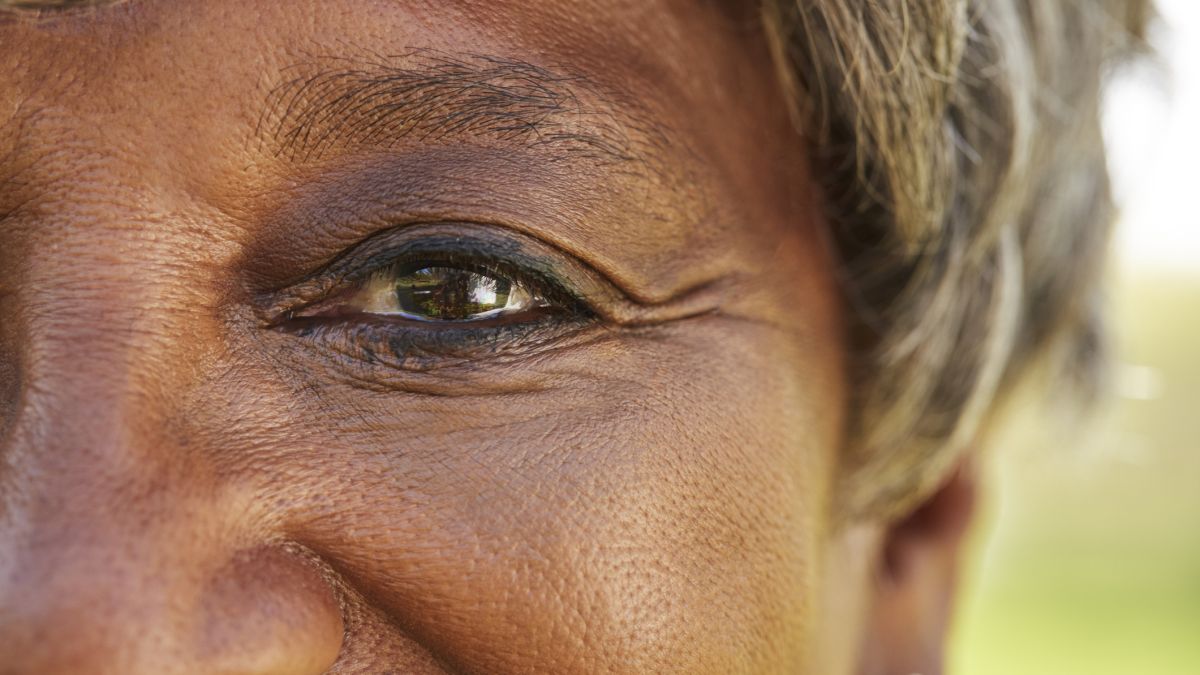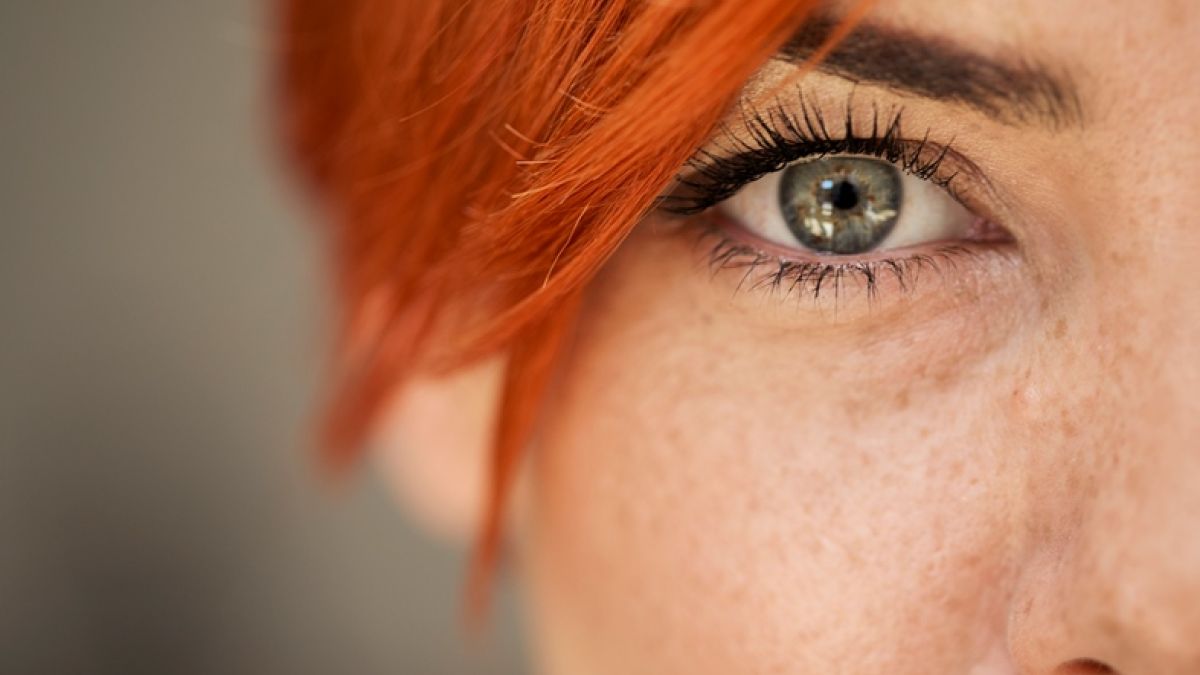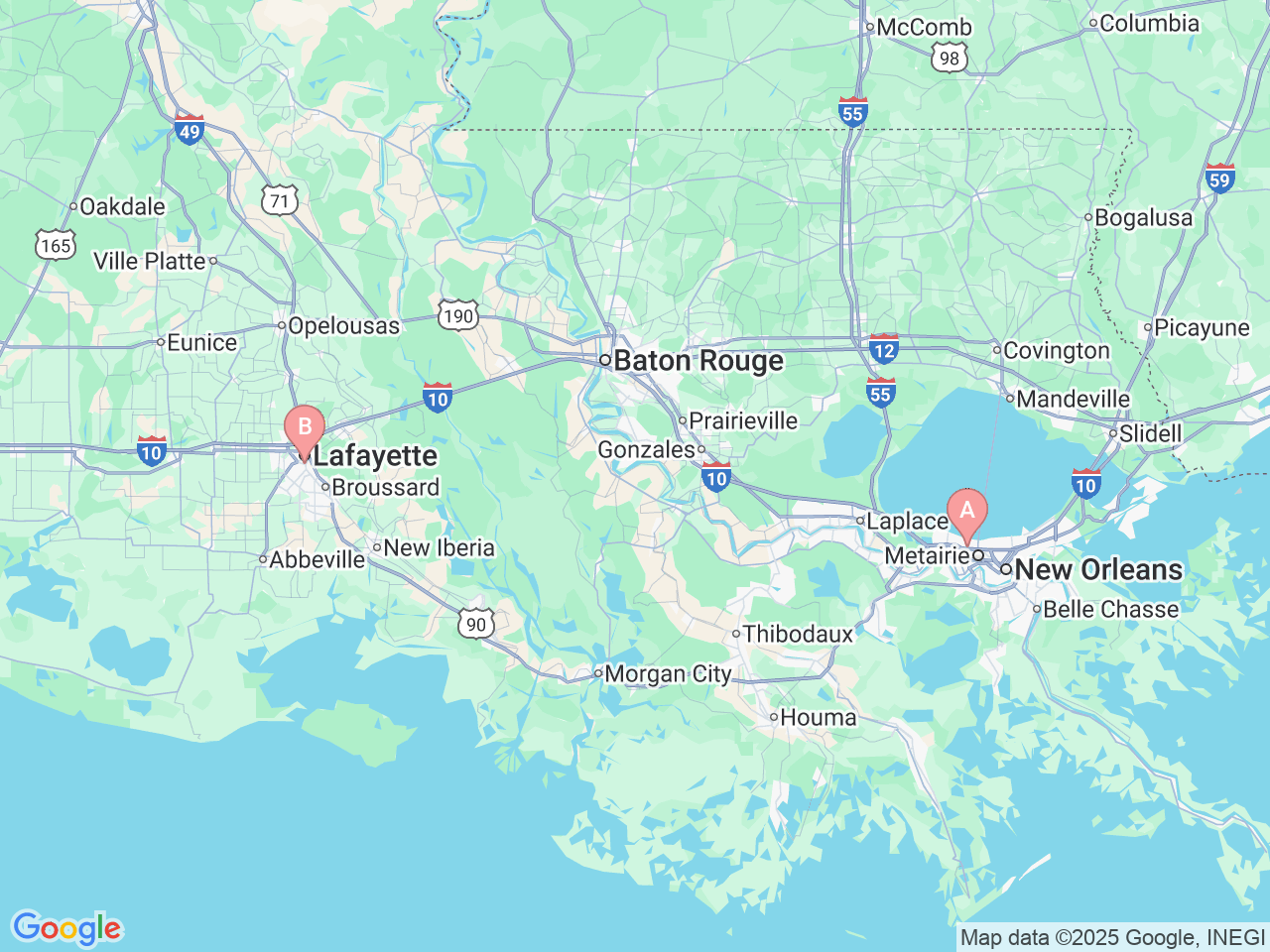Glaucoma refers to a group of eye diseases caused by atrophy of the optic nerve, which can lead to irreversible vision loss.
A clear fluid, called aqueous humor, fills the front of your eye and provides nourishment to the tissues. Like the air in a balloon, the aqueous also provides pressure to help maintain the shape of the eye.
In most types of glaucoma, the eye’s natural drainage system loses function and the fluid inside the eye cannot drain. This lack of drainage causes an elevation of pressure within the eye. This increase in intraocular pressure (IOP) has demonstrated the ability to exert pressure on the optic nerve and result in vision loss.
Most forms of glaucoma produce no symptoms until vision loss is so great that it affects the quality of life of the individual. Because glaucoma tends to be silent, it is referred to as "the sneaky thief of sight.” It is estimated that 2.5 million Americans have glaucoma and half are unaware that they have the disease. Approximately 130,000 Americans are currently blind from glaucoma. It is the second most common cause of blindness worldwide. A number of important risk factors for glaucoma have been identified including elevated eye pressure, family history, race and age.




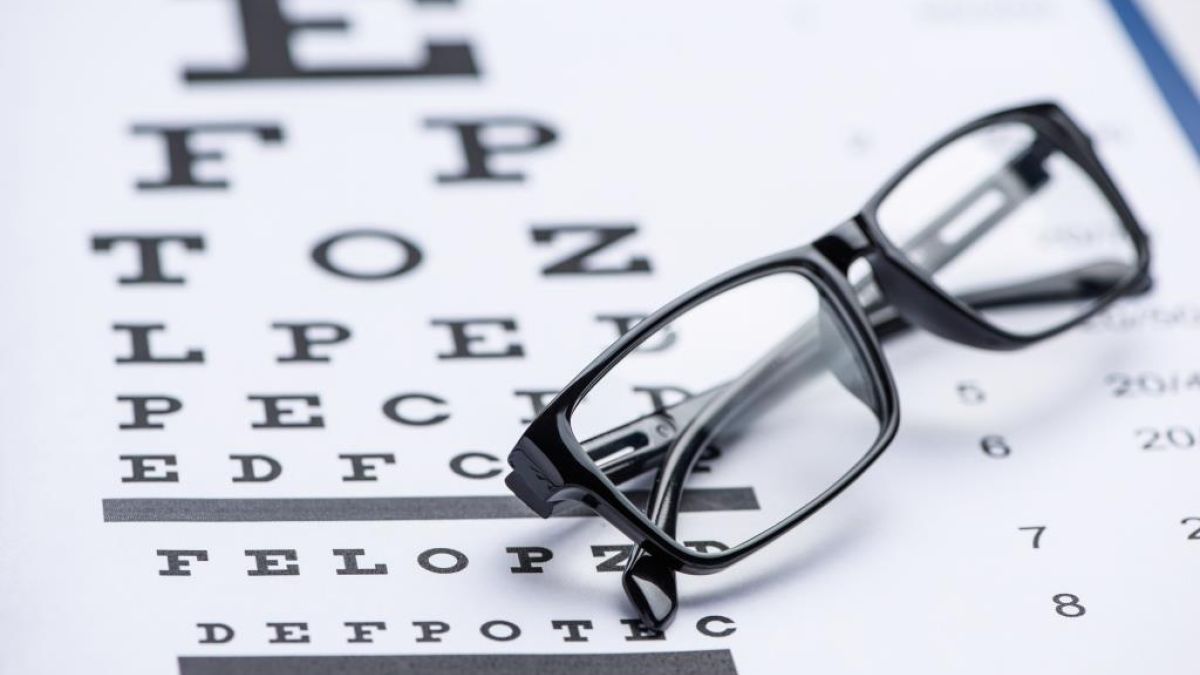



-doctor-explaining-eye-exam-results-to-patient-7abbbb2796.jpg)
